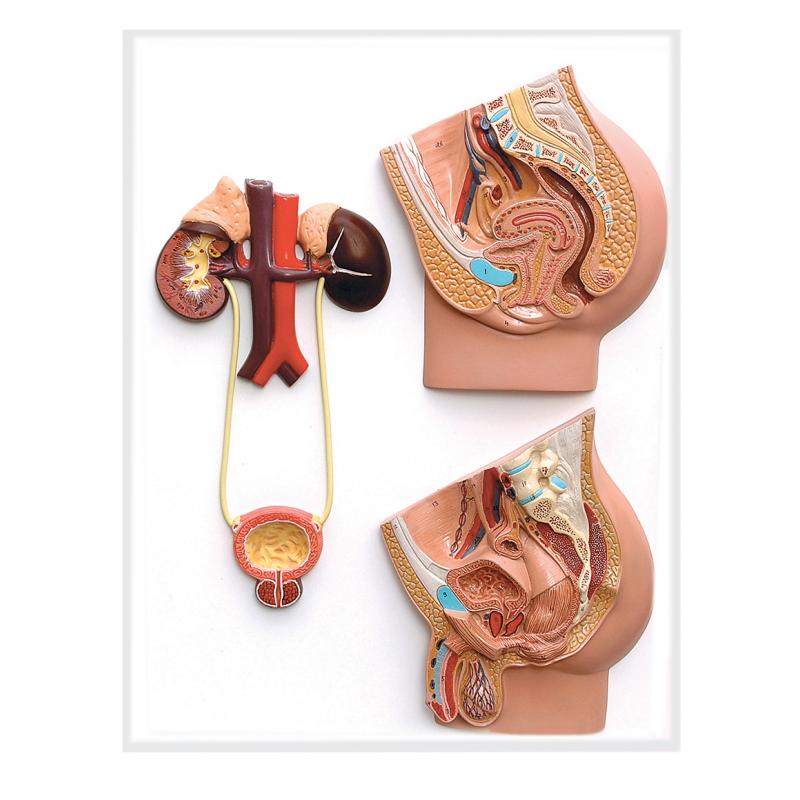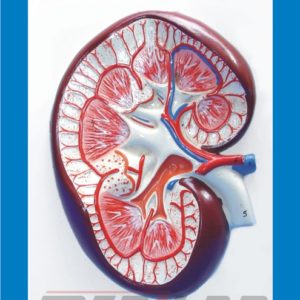Description
Male & Female Urogenital Model is a representation of the male and female urogenital systems used for educational or research purposes. The model can be a physical replica, a computer simulation, or a combination of both. Male and female urogenital models are typically used to teach students about the anatomy and physiology of the urogenital systems, to demonstrate the effects of urogenital system diseases and conditions, or to simulate medical procedures and surgeries.
Physical models of the male and female urogenital systems can be made from materials such as plastic, silicone, or rubber, and they can be highly detailed and accurately represent the size, shape, and structure of the male and female urogenital systems, including the penis and testes in the male and the vulva, vagina, and uterus in the female. These models can be dissectible to allow for further examination of the internal structures.
Computer simulations of the male and female urogenital systems can be interactive and provide a dynamic learning experience by allowing users to manipulate the virtual models to better understand the different parts of the urogenital systems and how they work together.
Male and female urogenital models can be useful tools for medical professionals, students, and anyone who wants to learn more about the anatomy and physiology of the urogenital systems. They can also be used in medical training and to demonstrate the effects of urogenital system diseases and conditions such as prostate cancer, urinary incontinence, and gynecological conditions such as endometriosis.







